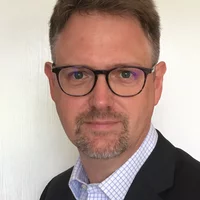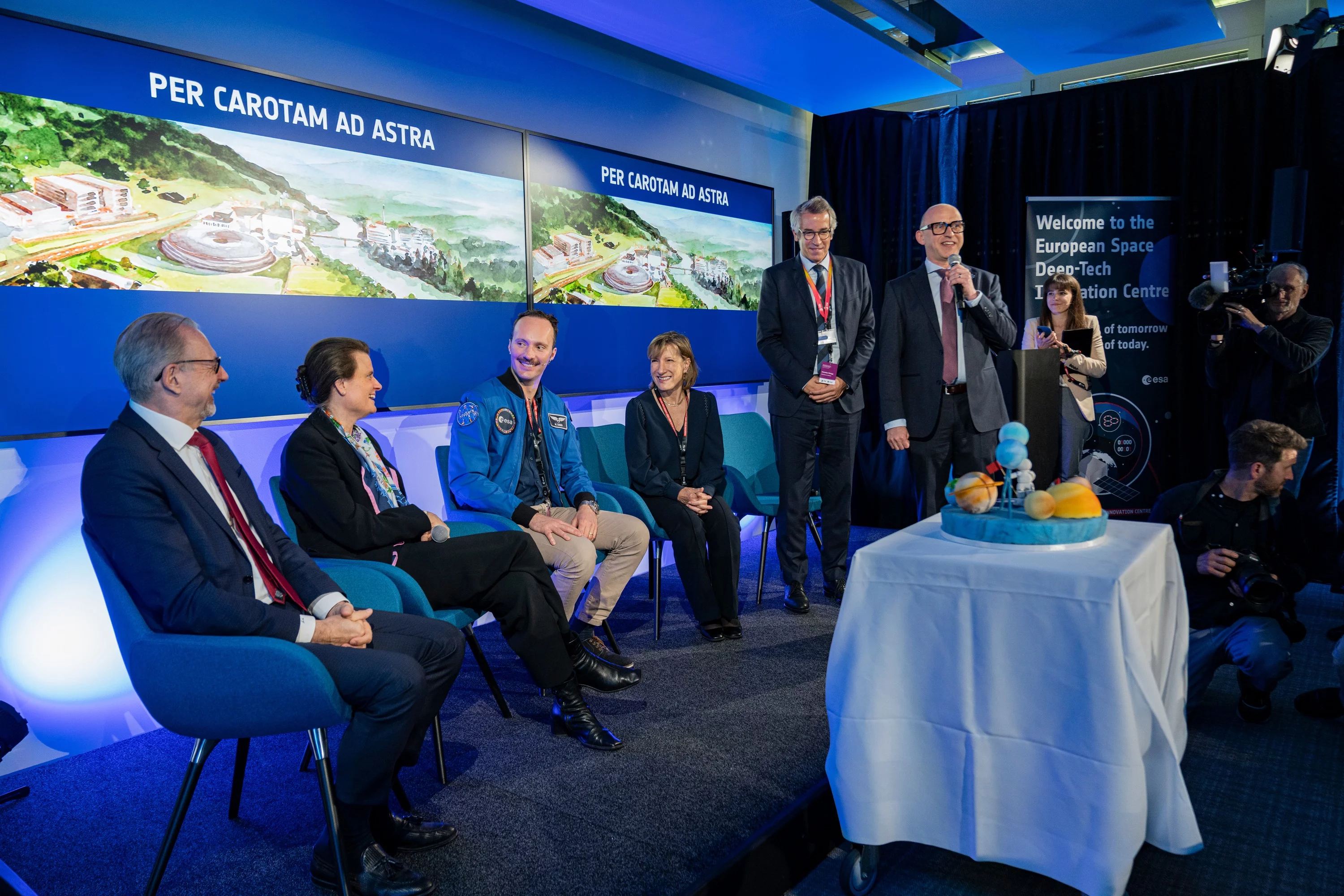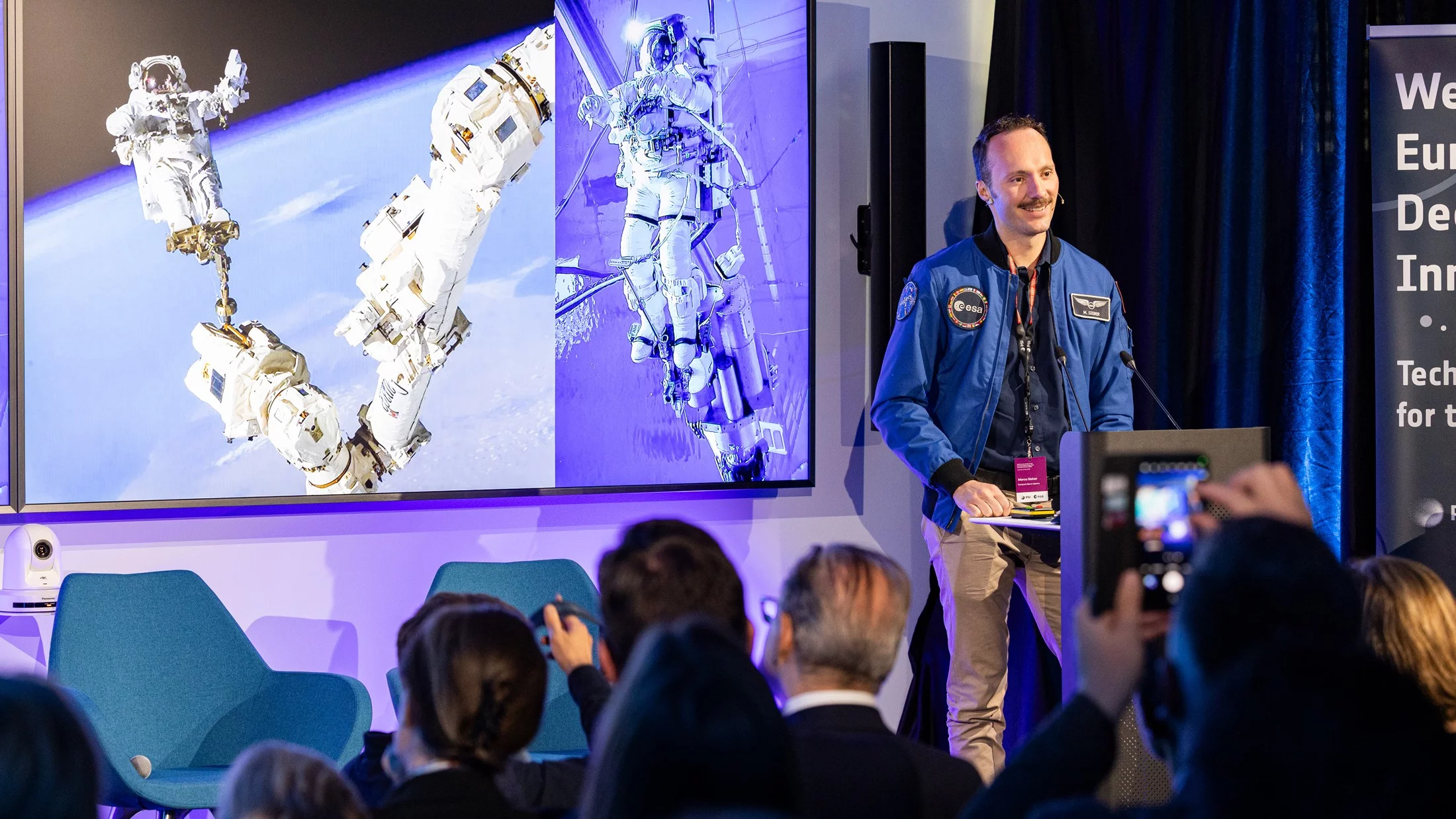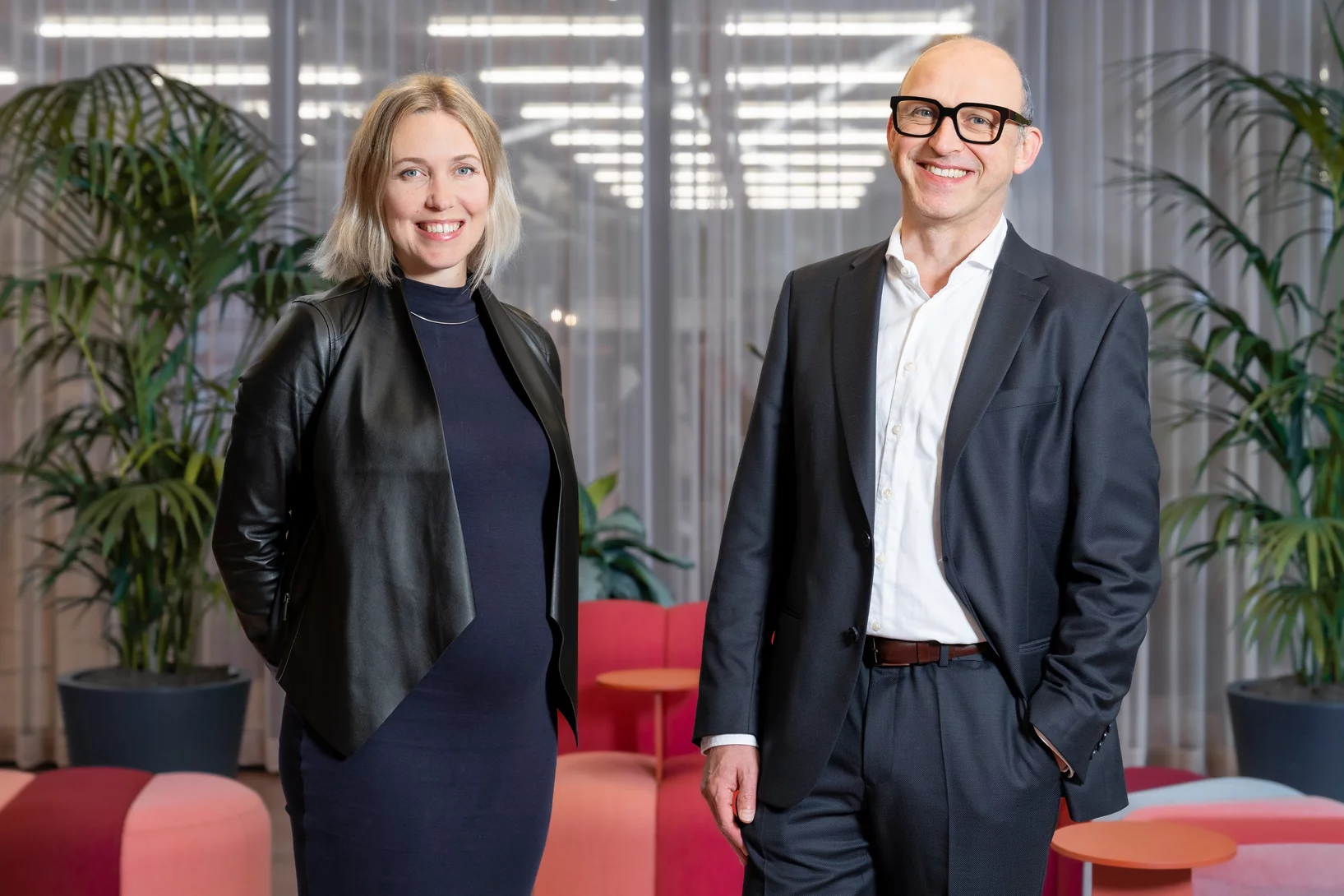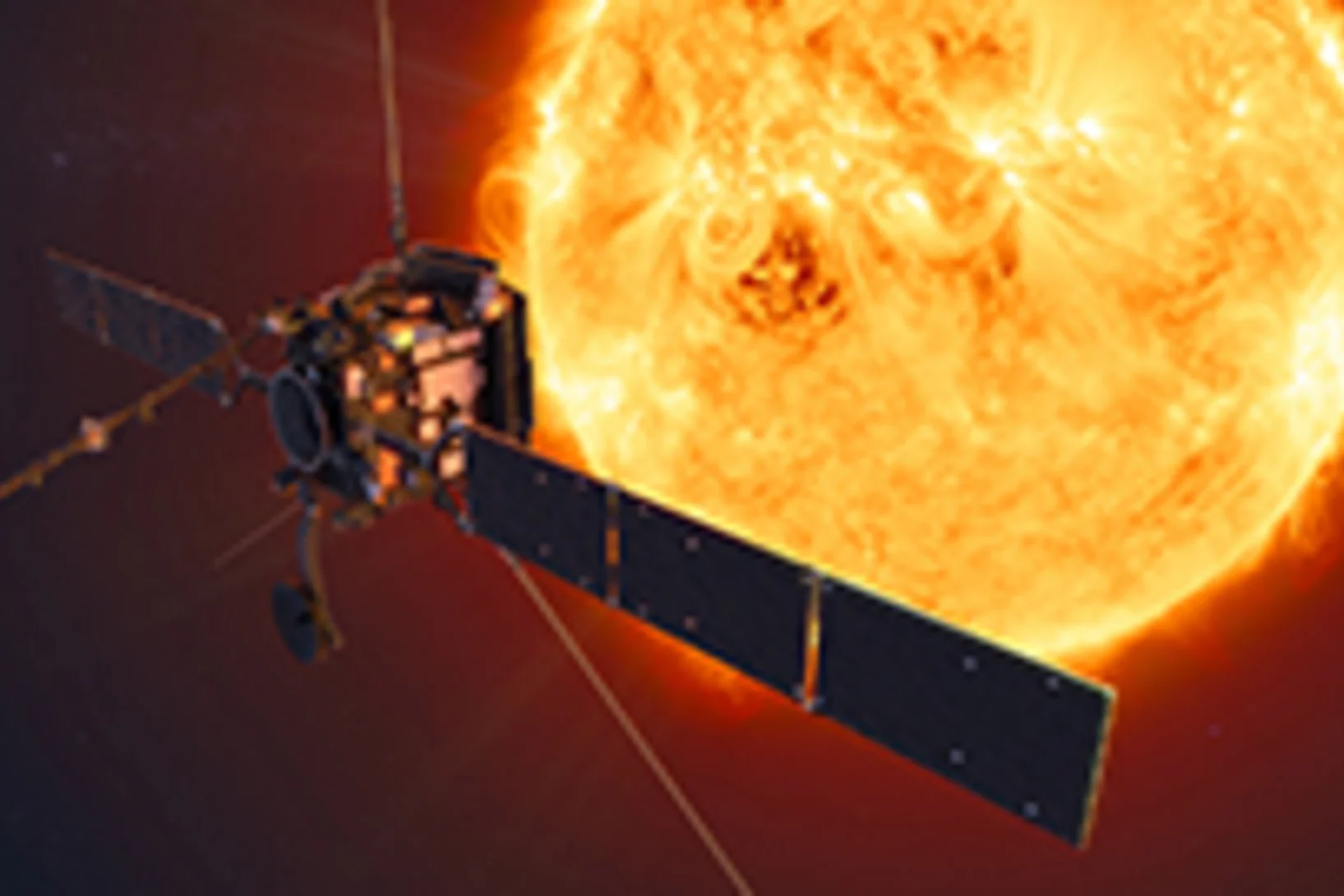The European Space Agency ESA has officially opened the “European Space Deep-Tech Innovation Centre” (ESDI). Set up in close collaboration with the Paul Scherrer Institute PSI, it is located in the immediate vicinity of the research institute, at Park Innovaare. The opening ceremony was attended by high-ranking ESA representatives, as well as high-ranking Swiss and Aargau politicians.
Founded in autumn 2024 and officially opened on 27 May 2025, the “European Space Deep-Tech Innovation Centre” (ESDI) is a new point of contact for the European Space Agency ESA in Switzerland. ESDI is located at the Switzerland Innovation Park Innovaare, which in turn is next door to the Paul Scherrer Institute PSI. This is no coincidence: the Phi-Lab, the first platform of ESDI, which establishes instruments to promote innovation, is connected to PSI.
“At the Paul Scherrer Institute PSI, we are proud to be the host of ESA Phi-Lab,” says Christian Rüegg, Director of PSI. “The European Space Deep-Tech Innovation Centre is a vital part of the strengthened ties between ESA and Switzerland. By leveraging Switzerland's world-class research infrastructures and fostering interdisciplinary innovation, this collaboration will advance deep tech for space activities and transformative applications on Earth.”
“The inauguration of the European Space Deep-Tech Innovation Centre is a testimonial to ESA’s and Switzerland’s joint commitment to push innovation and drive economic growth,” says Josef Aschbacher, Director General of ESA. “ESDI will contribute to strengthening the European deep tech ecosystem and promoting Swiss and European leadership in this domain.”
“ESDI establishes and operates platforms for deep tech research in the fields of quantum, data and materials that unlock new markets and commercial opportunities, making tomorrow's technologies available for today's world,” adds Johann Richard, Head of ESDI.
The European Space Agency (ESA) provides Europe’s gateway to space.
ESA is an intergovernmental organisation, created in 1975, with the mission to shape the development of Europe’s space capability and ensure that investment in space delivers benefits to the citizens of Europe and the world.
ESA has 23 Member States: Austria, Belgium, the Czech Republic, Denmark, Estonia, Finland, France, Germany, Greece, Hungary, Ireland, Italy, Luxembourg, the Netherlands, Norway, Poland, Portugal, Romania, Slovenia, Spain, Sweden, Switzerland and the United Kingdom. Latvia, Lithuania and Slovakia are Associate Members.
ESA has established formal cooperation with four Member States of the EU. Canada takes part in some ESA programmes under a Cooperation Agreement.
By coordinating the financial and intellectual resources of its members, ESA can undertake programmes and activities far beyond the scope of any single European country. It is working in particular with the EU on implementing the Galileo and Copernicus programmes as well as with Eumetsat for the development of meteorological missions.
The opening ceremony on 27 May began in the late morning with a welcoming address by Robert Rudolph, CEO of Park Innovaare. A series of high-ranking speakers then took the stage: Josef Aschbacher, Director General of ESA; Martina Hirayama, Switzerland’s State Secretary for Education, Research and Innovation; Pascale Bruderer, Vice President of the ETH Board; and Martina Bircher, member of the cantonal government and Head of the Department of Education, Culture and Sport of the Canton of Aargau.
These speeches were followed by a panel discussion entitled “When Deep-Tech meets Space”. The panelists were PSI Director Christian Rüegg; Joanne Sieber, CEO of the Deep Tech Nation Switzerland Foundation; ETH Zurich Professor Thomas Zurbuchen; and Luca del Monte, Head of the Commercialisation Department at ESA.
ESA astronaut Marco Sieber gave the keynote speech “Humanity’s Next Leaps in Space,” in which he highlighted how crucial innovation is for space activities.
After closing remarks by Géraldine Naja, Director of Commercialisation, Industry and Competitiveness ESA, a Q&A session was held.
The symbolic opening of ESDI met with vigorous applause.
Contact
Further information
Further articles on the topic
About PSI
The Paul Scherrer Institute PSI develops, builds and operates large, complex research facilities and makes them available to the national and international research community. The institute's own key research priorities are in the fields of future technologies, energy and climate, health innovation and fundamentals of nature. PSI is committed to the training of future generations. Therefore about one quarter of our staff are post-docs, post-graduates or apprentices. Altogether PSI employs 2300 people, thus being the largest research institute in Switzerland. The annual budget amounts to approximately CHF 450 million. PSI is part of the ETH Domain, with the other members being the two Swiss Federal Institutes of Technology, ETH Zurich and EPFL Lausanne, as well as Eawag (Swiss Federal Institute of Aquatic Science and Technology), Empa (Swiss Federal Laboratories for Materials Science and Technology) and WSL (Swiss Federal Institute for Forest, Snow and Landscape Research). (Last updated in June 2025)
